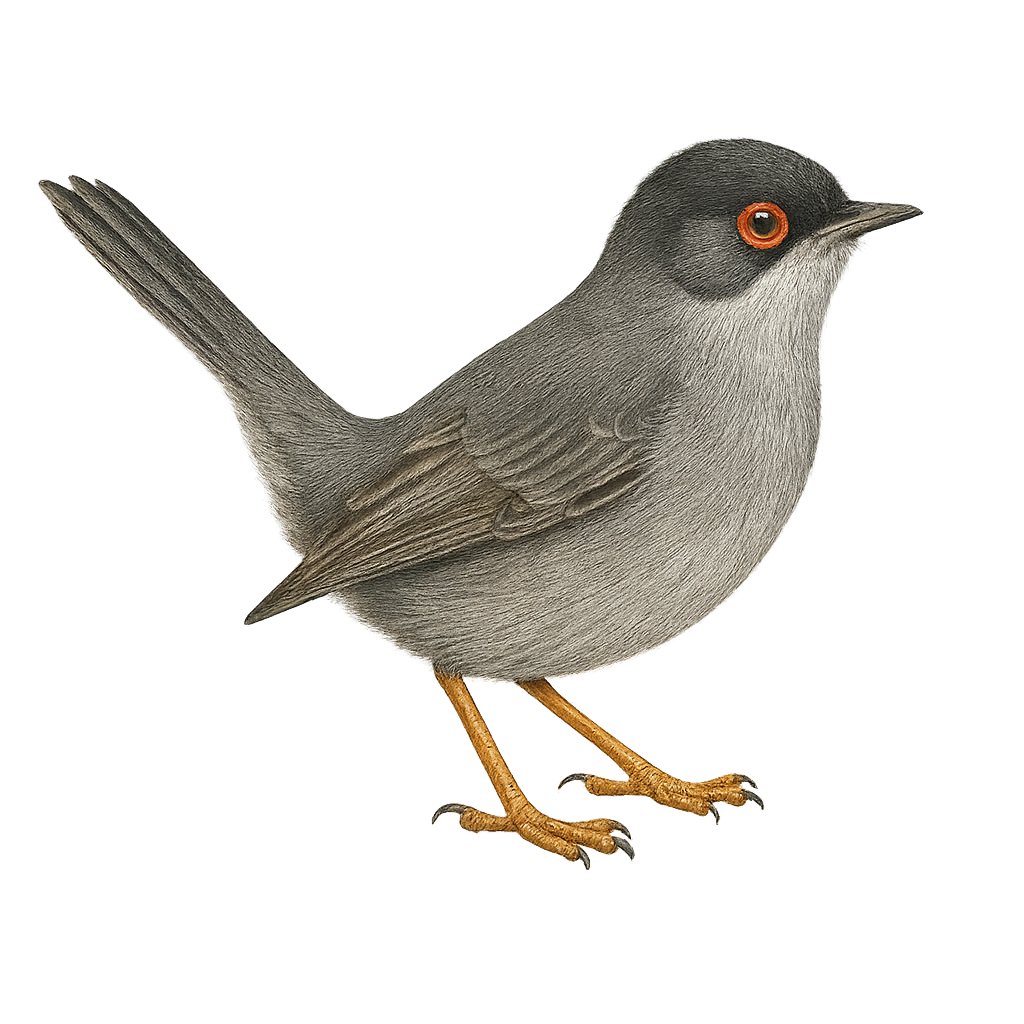Your wildlife photography guide.
Explore the sardinian warbler in detail, study its behavior, prepare your shots.
Where to observe and photograph the sardinian warbler in the wild
Learn where and when to spot the sardinian warbler in the wild, how to identify the species based on distinctive features, and what natural environments it inhabits. The WildlifePhotographer app offers tailored photography tips that reflect the sardinian warbler’s behavior, helping you capture better wildlife images. Explore the full species profile for key information including description, habitat, active periods, and approach techniques.
Sardinian Warbler
Scientific name: Curruca sarda

IUCN Status: Least Concern
Family: SYLVIIDAE
Group: Birds
Sensitivity to human approach: Suspicious
Minimum approach distance: 5 m
Courtship display: April to May
Incubation: 12-14 jours
Hatchings: April to June
Habitat:
Scrublands, garrigue, open forests
Activity period :
Primarily active during the day, with peak activity in the morning and late afternoon.
Identification and description:
The Sardinian Warbler, or Sylvia sarda, is a small passerine bird belonging to the Sylviidae family. It is mainly found in Mediterranean regions, particularly in Corsica and Sardinia. This bird is characterized by its grayish plumage, with a black cap on males and a browner cap on females. Its song is melodious and varied, often heard in scrublands and garrigues where it hides among dense bushes. The Sardinian Warbler is a sedentary bird, although it may undertake small altitudinal migrations. It primarily feeds on insects and berries found in its natural habitat. Although its conservation status is currently stable, habitat degradation could pose a future threat.
Recommended lens:
400 mm – adjust based on distance, desired framing (portrait or habitat), and approach conditions.
Photography tips:
To photograph the Sardinian Warbler, it is advisable to use a telephoto lens of at least 400 mm to capture detailed images without disturbing the bird. Look for scrubland or garrigue areas where it is active, especially in the morning. Be patient and discreet, as this bird is suspicious. Use burst mode to capture its lively behavior and song. Take advantage of the soft morning light to achieve natural colors and avoid harsh shadows.
The WildlifePhotographer App is coming soon!
Be the first to explore the best nature spots, track rutting seasons, log your observations, and observe more wildlife.
Already 1 429 wildlife lovers subscribed worldwide

